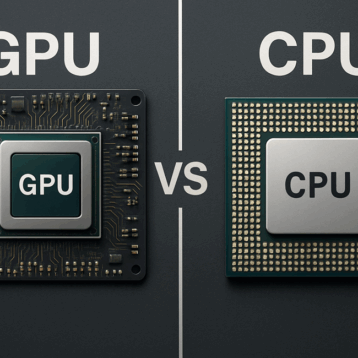
The manufacturing industry has grown by leaps and bounds in the last couple of decades. Increasing customer demands have forced companies to focus more on their production processes, and this has intensified the need for better inventory management. Manual stock taking is long gone, and artificial intelligence has taken over in ensuring that the stock records remain accurate. The good news is that businesses now have access to a streamlined system that could cross-check the data provided by an ERP system according to the customer trends data. This tool makes inventory monitoring easier and more accurate, cutting down the risks of raw material wastage. This is precisely what AI brings to inventory management.
When you know what the customer demand is going to be for a particular period, you can stock up on raw materials accordingly. But it takes time and effort to assess customer demand. With the introduction of AI and equipment tracking software, not only do you get accurate customer demand data, but it also checks if the ERP data is viable for the period or not.
Optimizing inventory levels
Inefficient inventory optimization leads to inefficient inventory levels. And, when there are inefficient inventory levels, it is bound to have an impact on the cost of goods sold. It creates a chain reaction that ultimately hurts your bottom line. When the cost of goods sold goes down, you will not expect to incur any cost of holding inventory beyond its given use. This is where AI proves useful as it ensures that the risk of overstocking is kept to a minimum during a production period. The idea is to free up cash whenever it is available so that it can be used for other profitable business activities.
Assessing inventory level efficiency
When you have an approximate data of what the future demand is going to be, you no longer need to play a guessing game. This is the reason why AI has become so valuable in inventory management. AI is able to forecast the demand of the customers and also the suppliers based on the previous orders and the market trend. So, you can play on both sides and stock the products when you see that the demand is going to be high in a few months rather than wait and pick them up in the last moment. Taking advantage of AI also helps you build better relationships with suppliers because you will be assisting them when the market is down as you already have information about future demands.
Meeting customer demands
The time between demand creation and delivery of the products has come down because of the advancement in production technologies. And when you have AI managing the inventory, you can fill in the gaps in your inventory before it is too late so that the manufacturing unit can meet the customer demands every time and maintain the trust that they have on the company.
AI is a recent addition to the manufacturing industry, but it has already proven its worth. Any company that ignores the power of AI puts itself at a disadvantage against its competitors.










